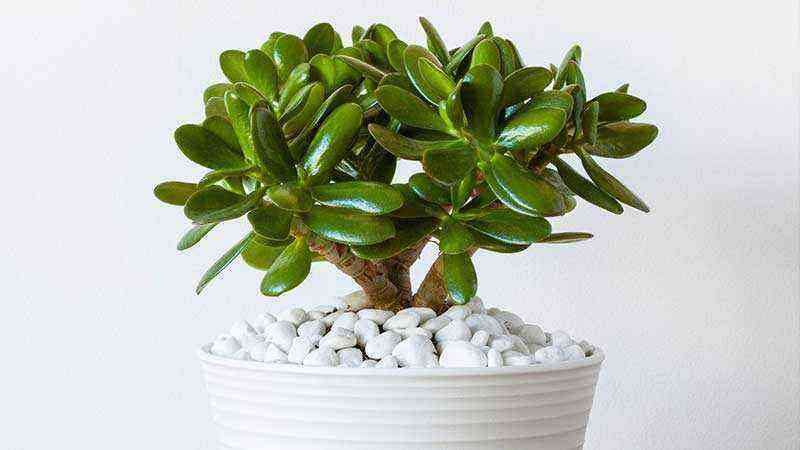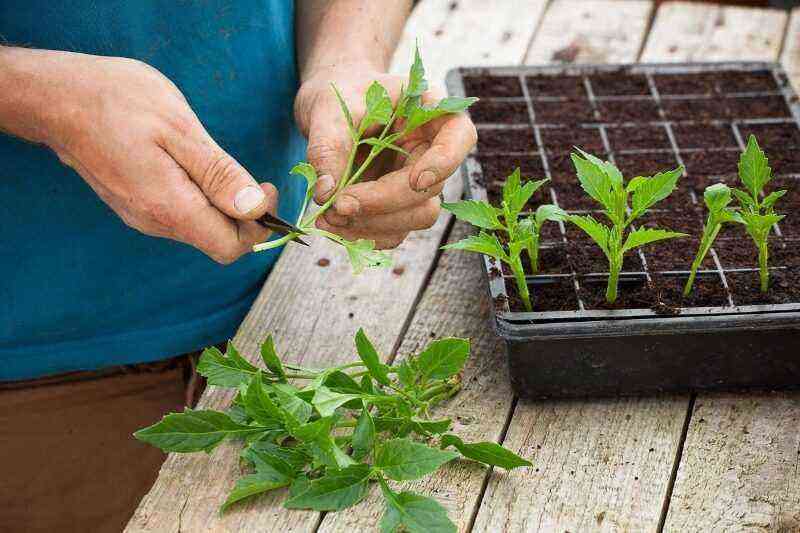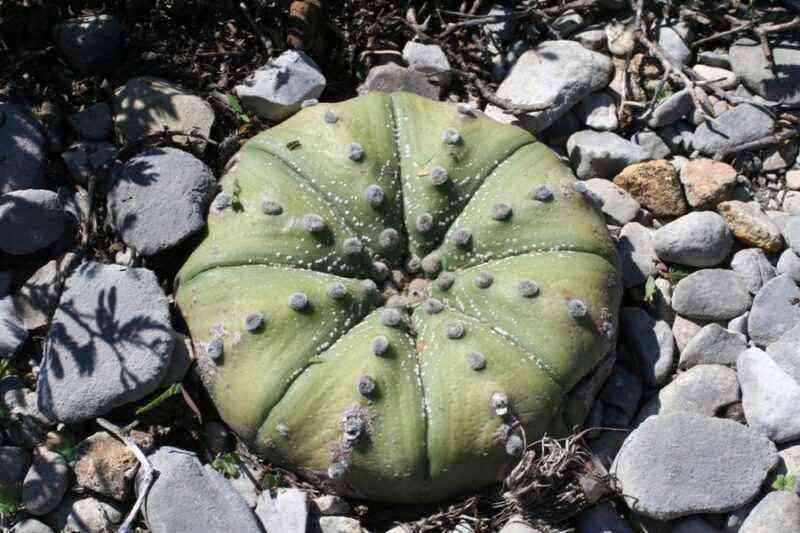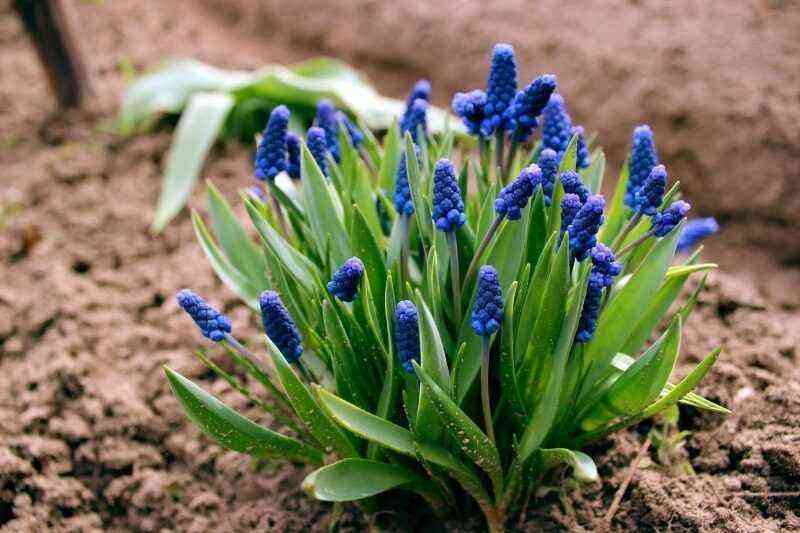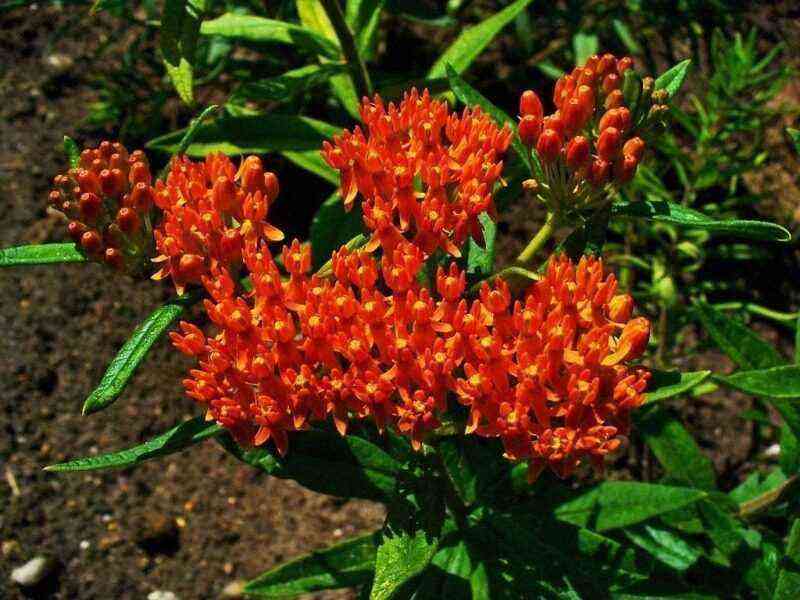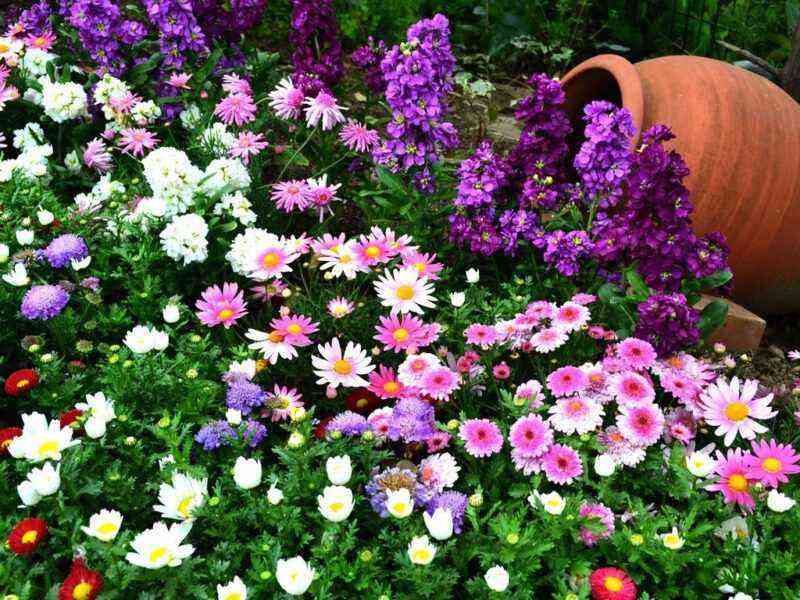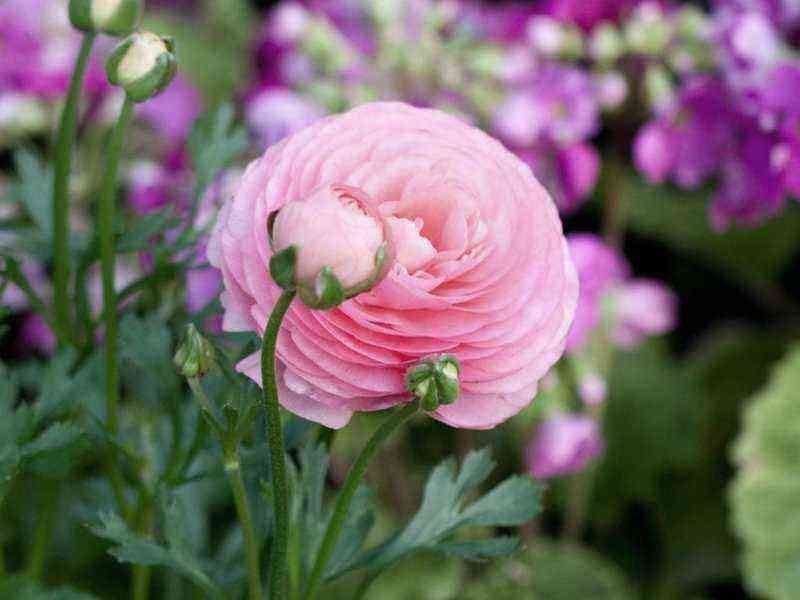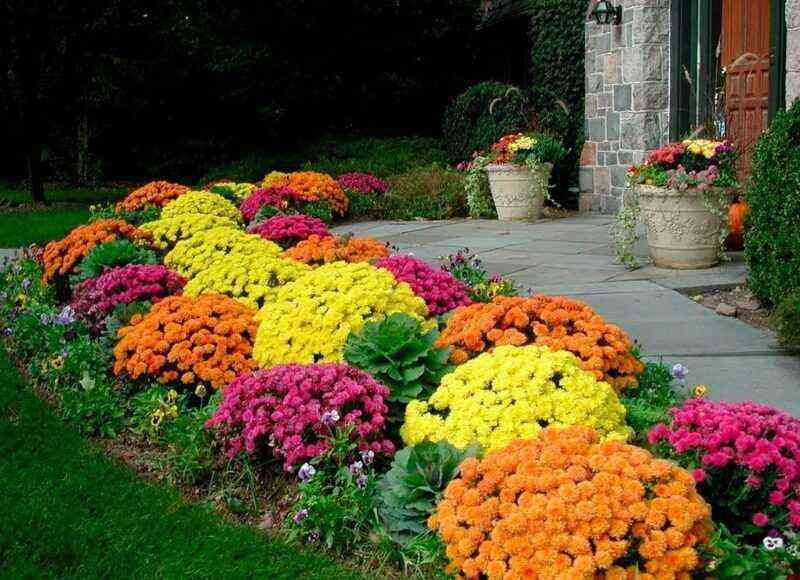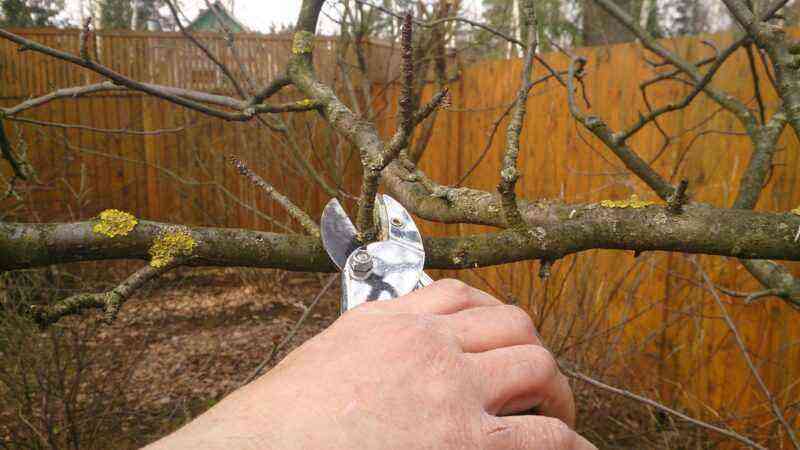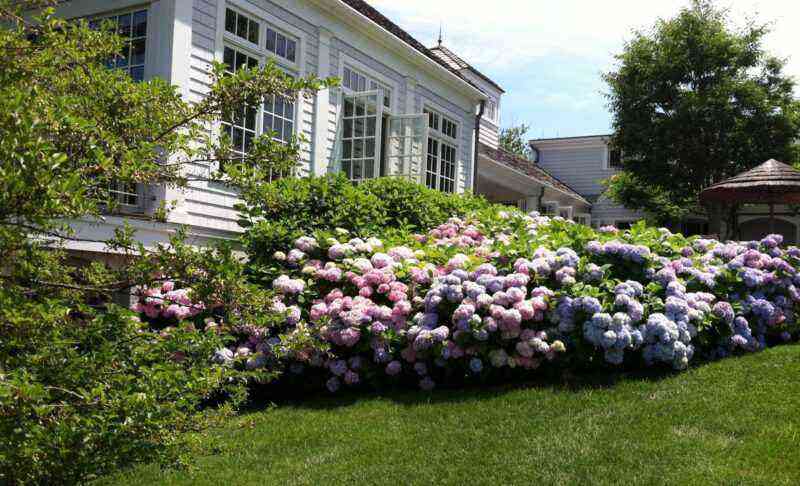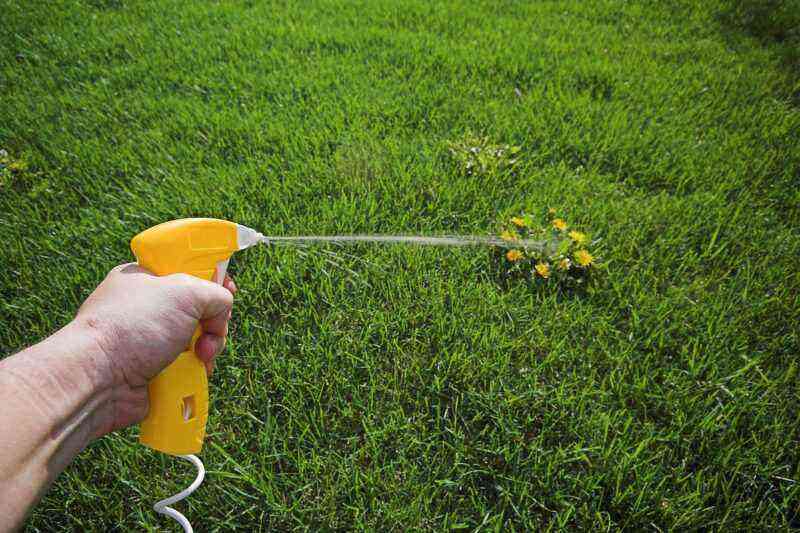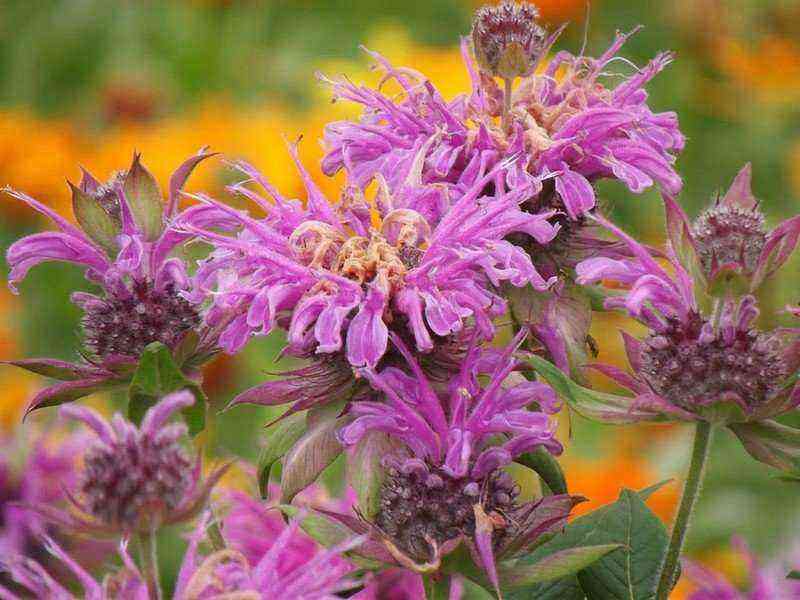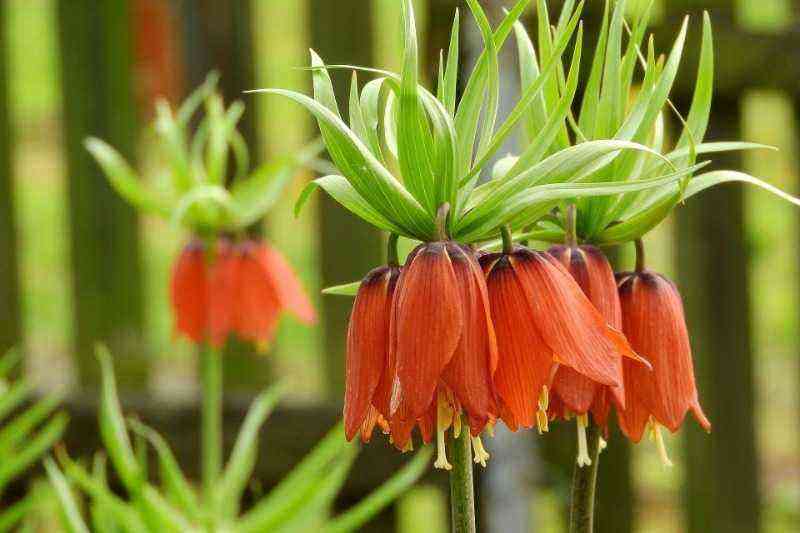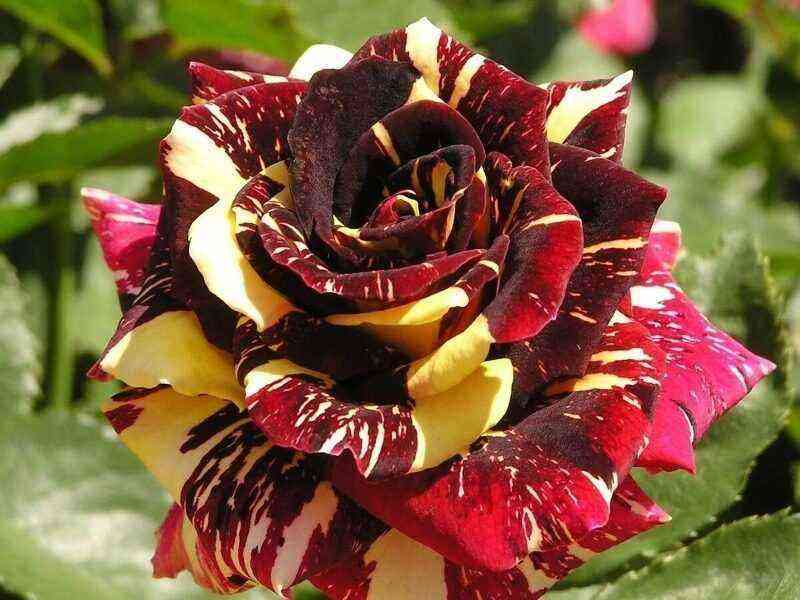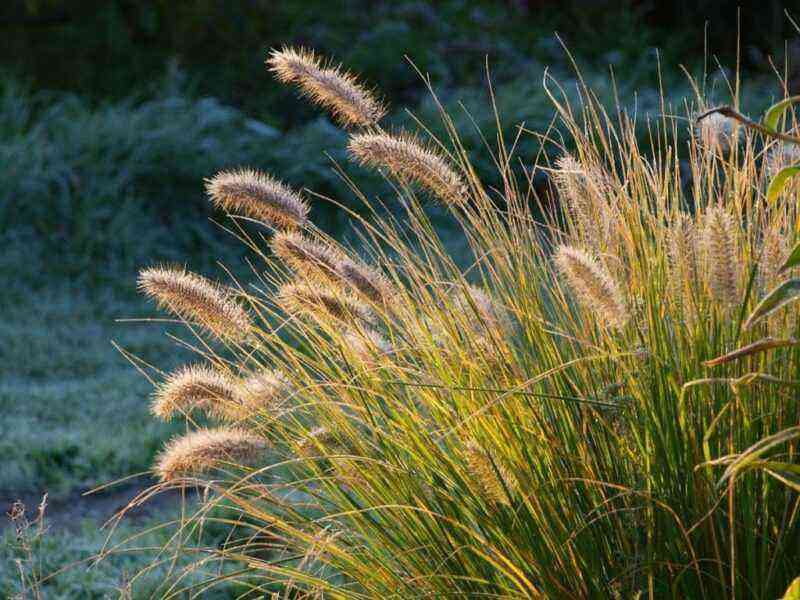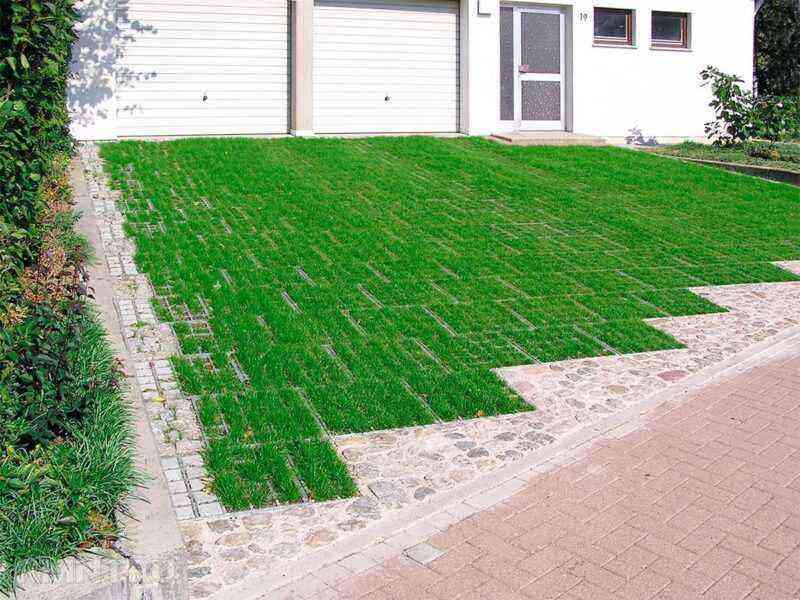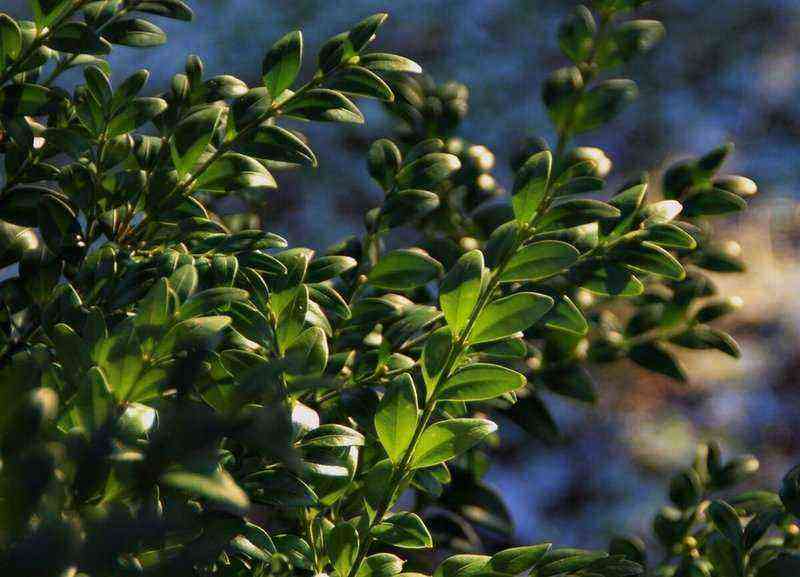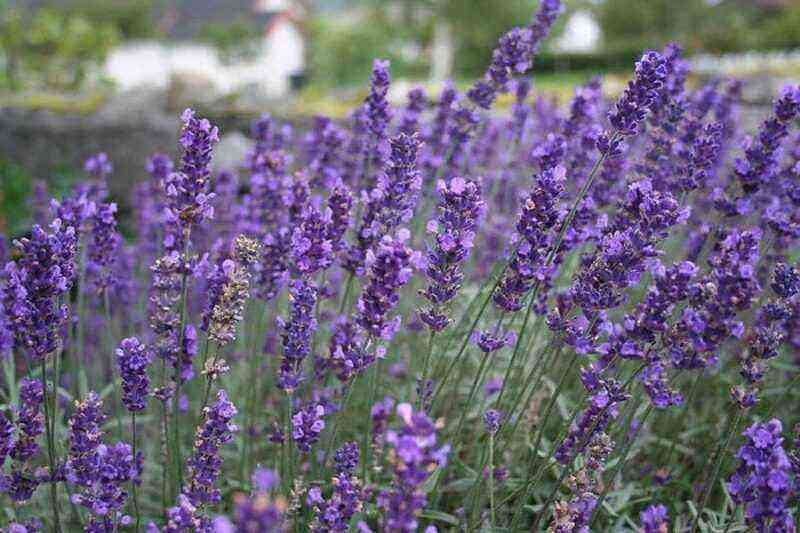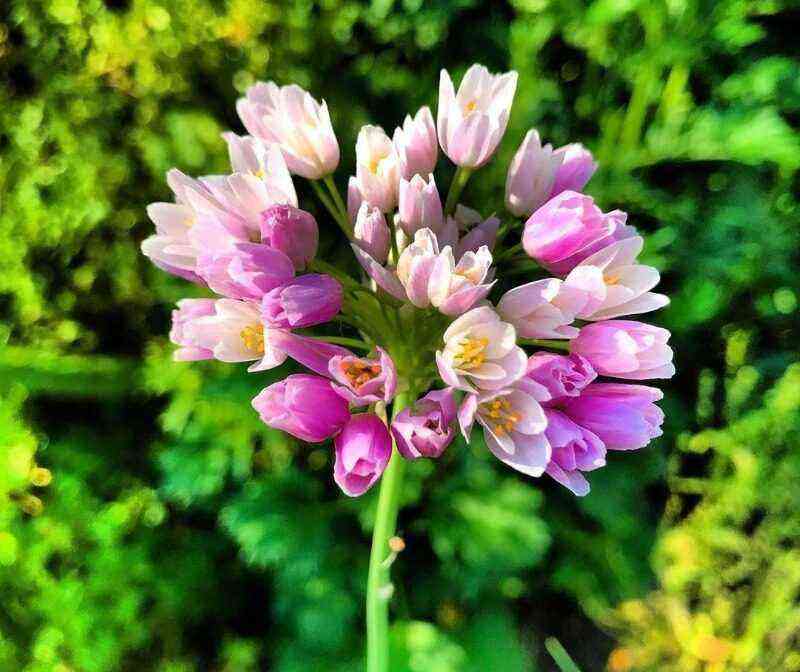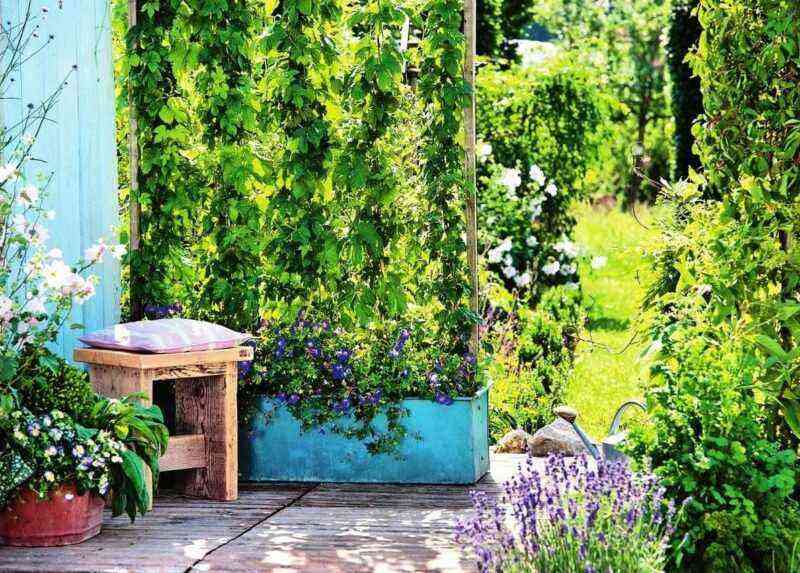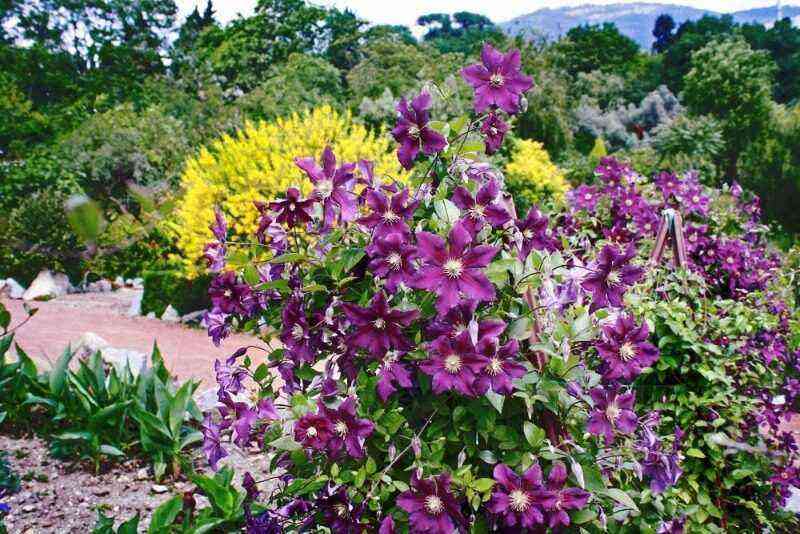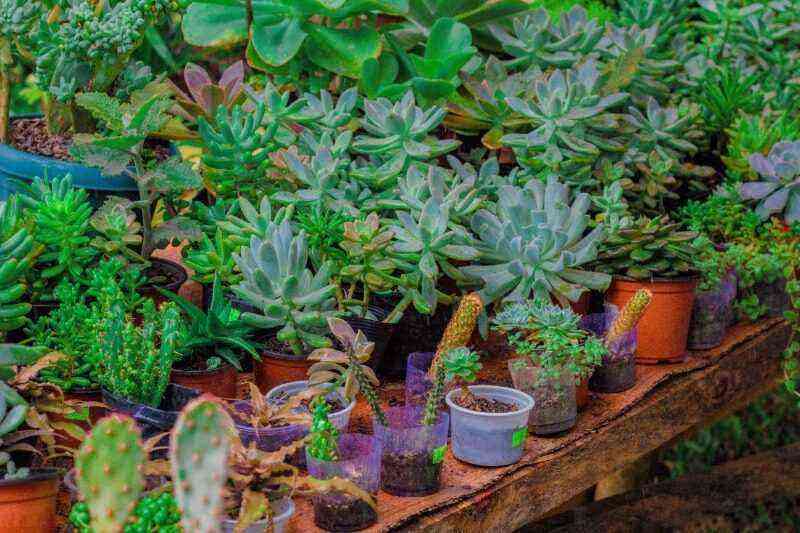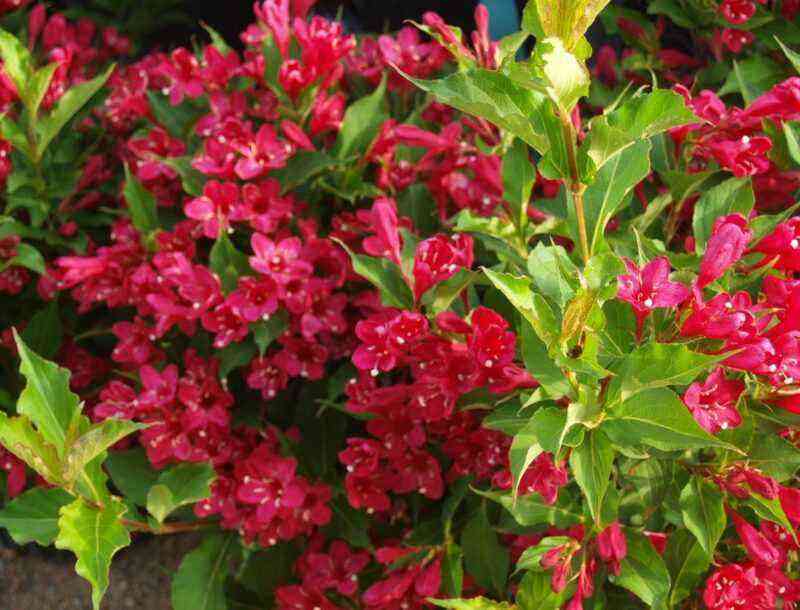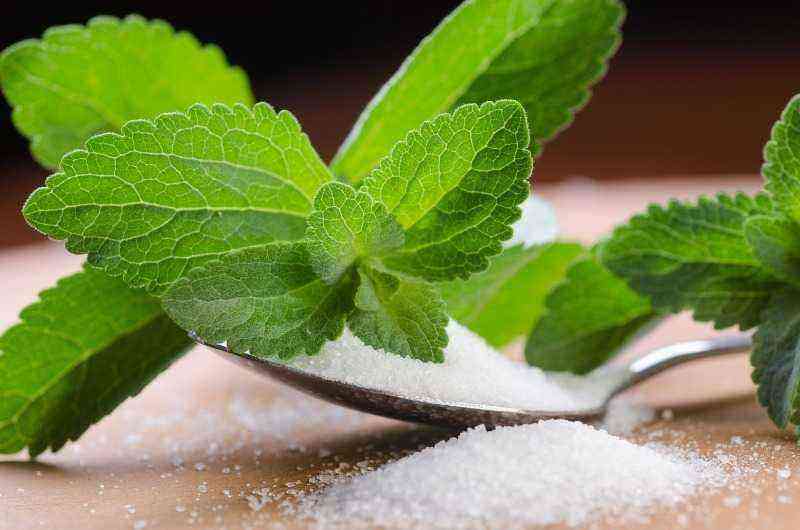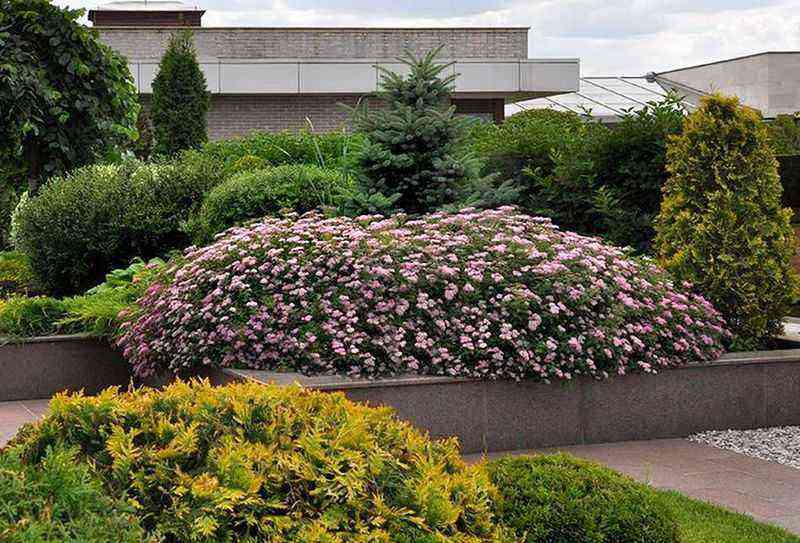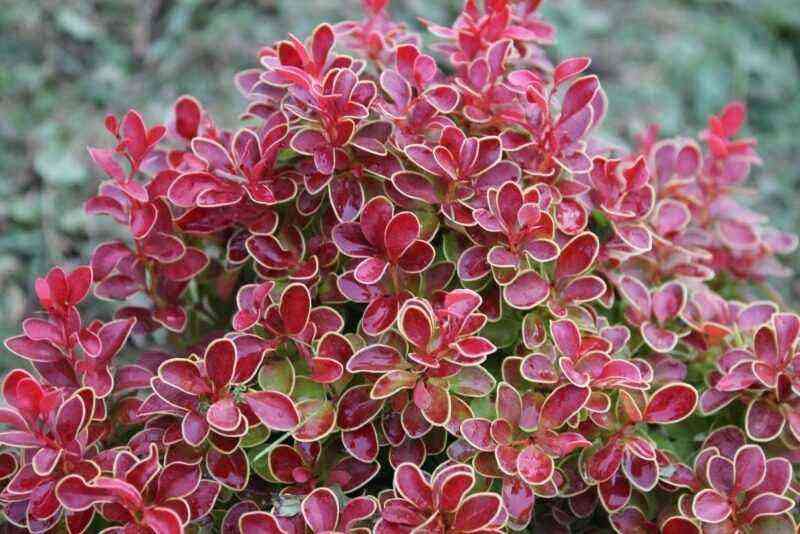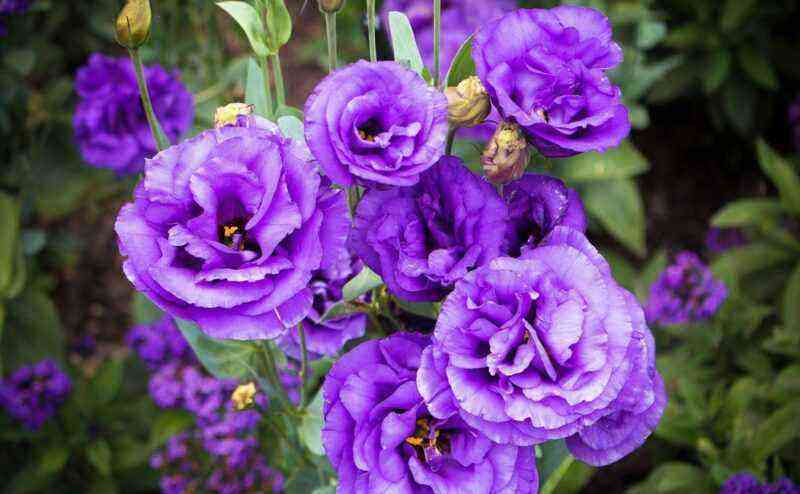The creation of spectacular multi-tiered compositions in flower beds is impossible without the use of miniature flowering plants. Low-growing flowers are universal in gardening flower beds, since they can act as soloists on carpet flower beds, or serve as a background design for a mixborder or as a border-edging for taller, flowering representatives of the plant world. The assortment of miniature flowers, the height of which does not exceed 30 cm, is diverse: to create bright compositions, you can use both annuals and biennials, and perennial low-growing flowers. We propose to consider the most popular types of flowering plants, which can be an original addition to low compositions.
It is quite simple to create a colorful composition that will delight you with lush flowering already in the first year of planting, if you use low-growing annual flowers for landscaping the site.
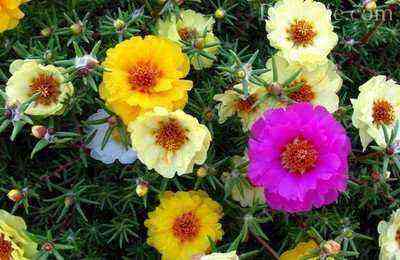
The handsome purslane, known since the time of Hippocrates as the “blessed” flower, has become widespread in horticulture due to its ability to grow in arid areas
Surprisingly, it is on hot dry days that miniature semi-double and double purslane flowers of cream, orange, pink and purple shades manifest themselves in all their glory. Openwork green rugs with variegated purslane flowers can be found at the joints of concrete slabs in rockeries, on retaining stone walls and dry slopes.
Read how to create a rockery with your own hands here:
Among the beautiful undersized annuals that prefer sunny areas, the Houston Ageratum can also be distinguished.
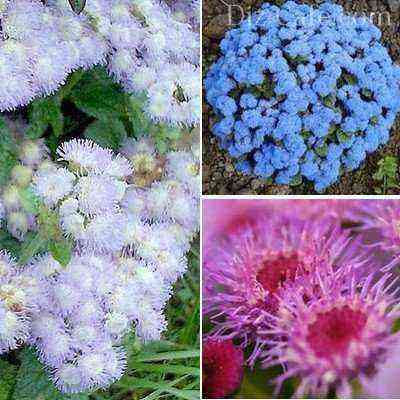
Dense pillows of globular inflorescences painted in white, carmine-pink, blue or lilac-blue tones, blooming in early summer, do not lose their decorative appeal until the first frost
Such undersized flowers can also be a worthy decoration of a flower bed: sunny marigolds, dwarf varieties of annual asters, nasturtium, gatsania, alpine poppy, lobelia, iberis.

You can add unprecedented charm to a flower garden with the help of bright, shoe-like calceolaria flowers.
Unusually beautiful flowers with a peculiar two-lipped bubble shape are dotted with a scattering of dots and spots. Blooming in early March, calceolaria becomes its bright decoration throughout the spring. Shade-loving exot prefers to grow on well-moistened soils.
Pansies can be a bright decoration of flower beds in sunny areas. The beauties of Vittrock violets, blooming at the end of April, are able to delight with long flowering throughout the summer.
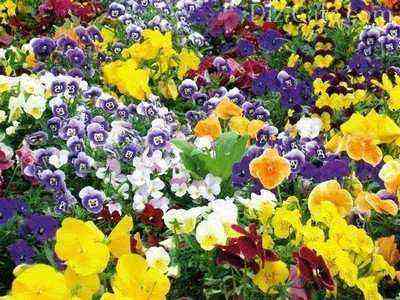
An incredible combination of colors, ranging from pale blue to deep blue with intermediate shades of yellow and red, are the reason for the huge popularity of viola in floriculture.
Small delicate flowers of daisies outwardly resemble scattered pearls. Not surprisingly, translated from Greek margarites stands for “pearl”.
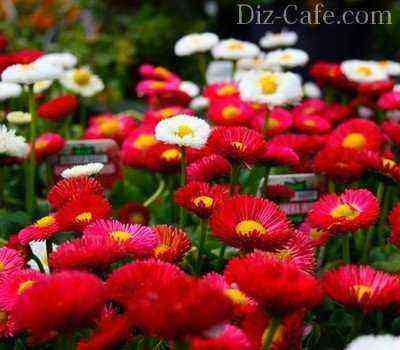
Graceful baskets of terry daisy inflorescences of a wide variety of shades, the first of which bloom at the end of April, continue to bloom until the very cold
For shady and fairly humid areas, touching forget-me-nots are optimal. The young hairy leaves of the forget-me-not look like a mouse’s ear, due to which the plant got its name, which in Latin means “mouse’s ear”.
The material on the most unpretentious garden flowers will also be useful:
White, blue, blue and pink flowers with a yellow eye bloom on racemose inflorescences in early May, flowering lasts for two months.
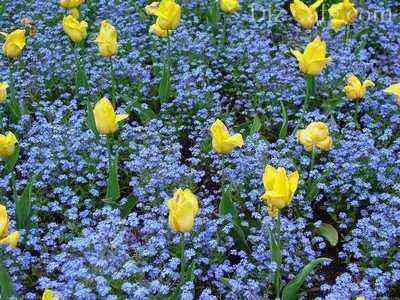
Forget-me-nots look most impressive in combinations with bulbous plants, acting as a background for daffodils and tulips, decorative bows and hazel grouses
Wanting to create a flower bed that does not need to be formed anew every year, perennial species should play a key role in drawing up flower arrangements.
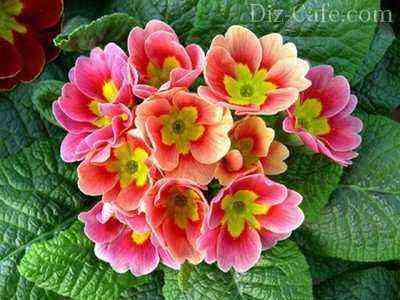
The first to revive the flower garden are miniature primroses. Blooming inflorescences, painted in pink, crimson, yellow and burgundy shades, are able to delight others with flowering from April to June
At the beginning of May, the baton of flowering is taken over by the spectacular handsome subulate phlox. The sun-loving plant easily tolerates drought and prefers loose and dry soil.
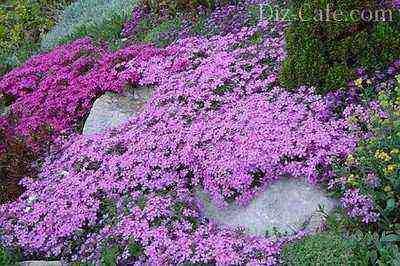
Dense inflorescences of numerous buds are gradually transformed into amazingly beautiful five-pointed stars, the color palette of which varies from snow-white to purple and even violet shades
In May-June, white miniature flowers bloom on a dense green densely pubescent rug of the chick.
You can also make the whole garden in white, read about this:
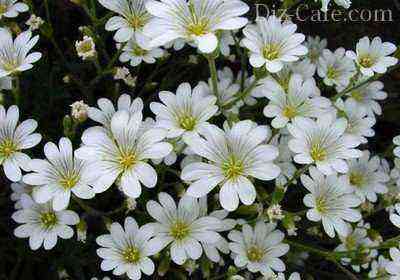
The snow-white pillows of the sun-loving chicks look good next to fescue and bells
Among the stunted annuals, the most attractive are: saxifrage, carnation, obrietta, three-lobed liverwort, creeping veronica, dwarf swimsuit, alpine aster. Autumn-flowering species include: Korean chrysanthemum, autumn crocus, shrub aster.
When planning the arrangement of a flower bed of low-growing flowers, it is important to choose plants so that they fit harmoniously into the overall composition, pleasing the eye and decorating the landscape.

